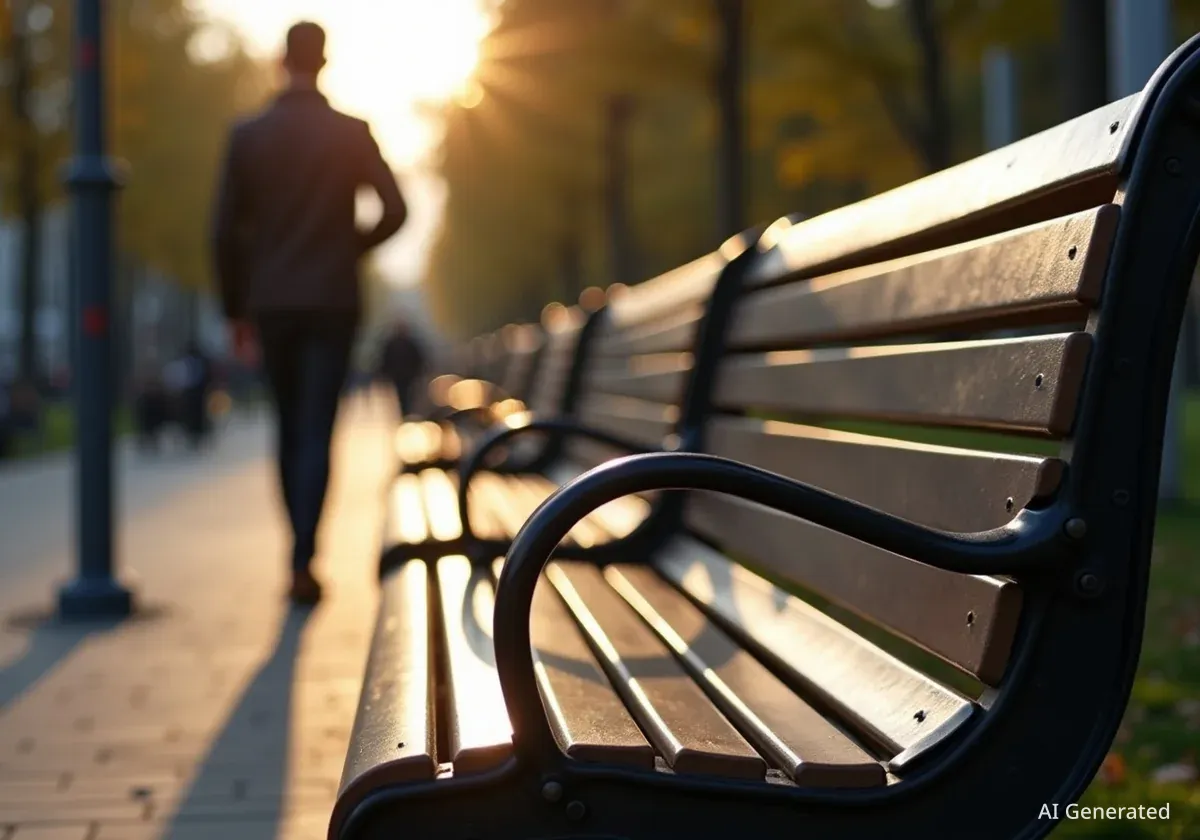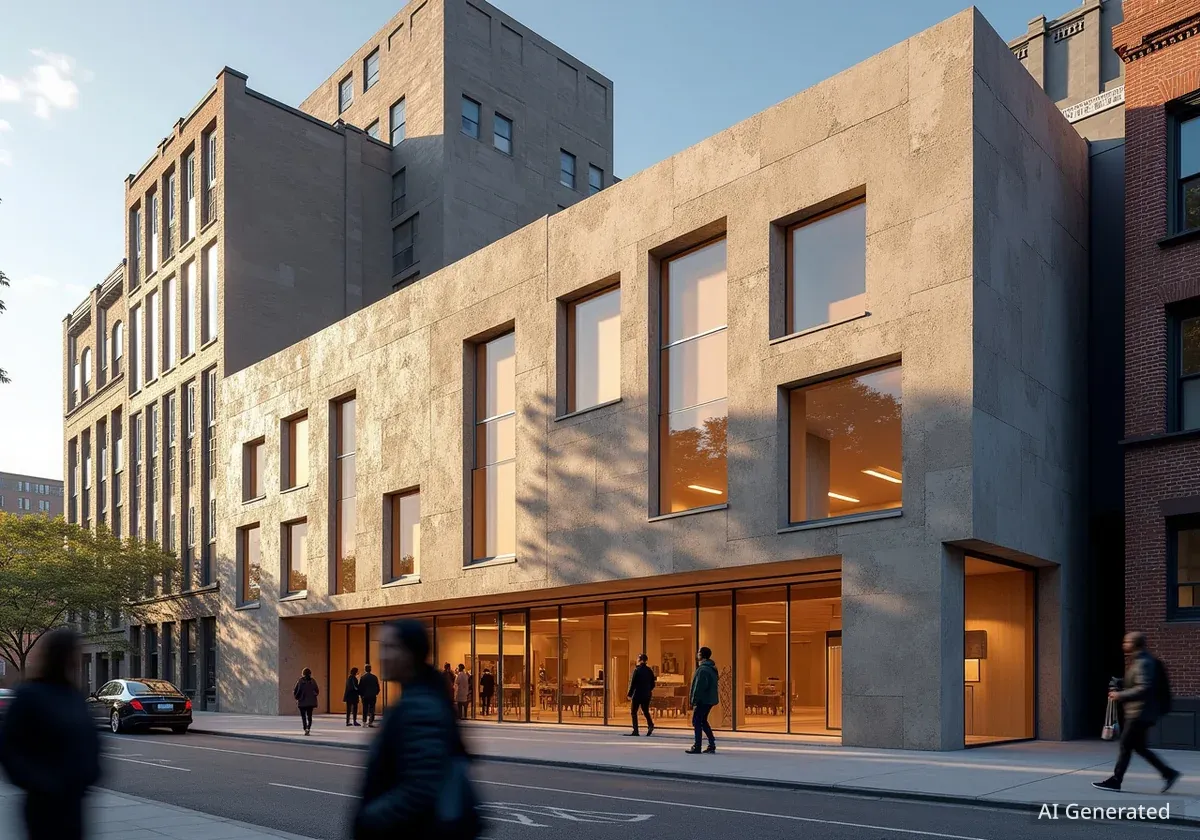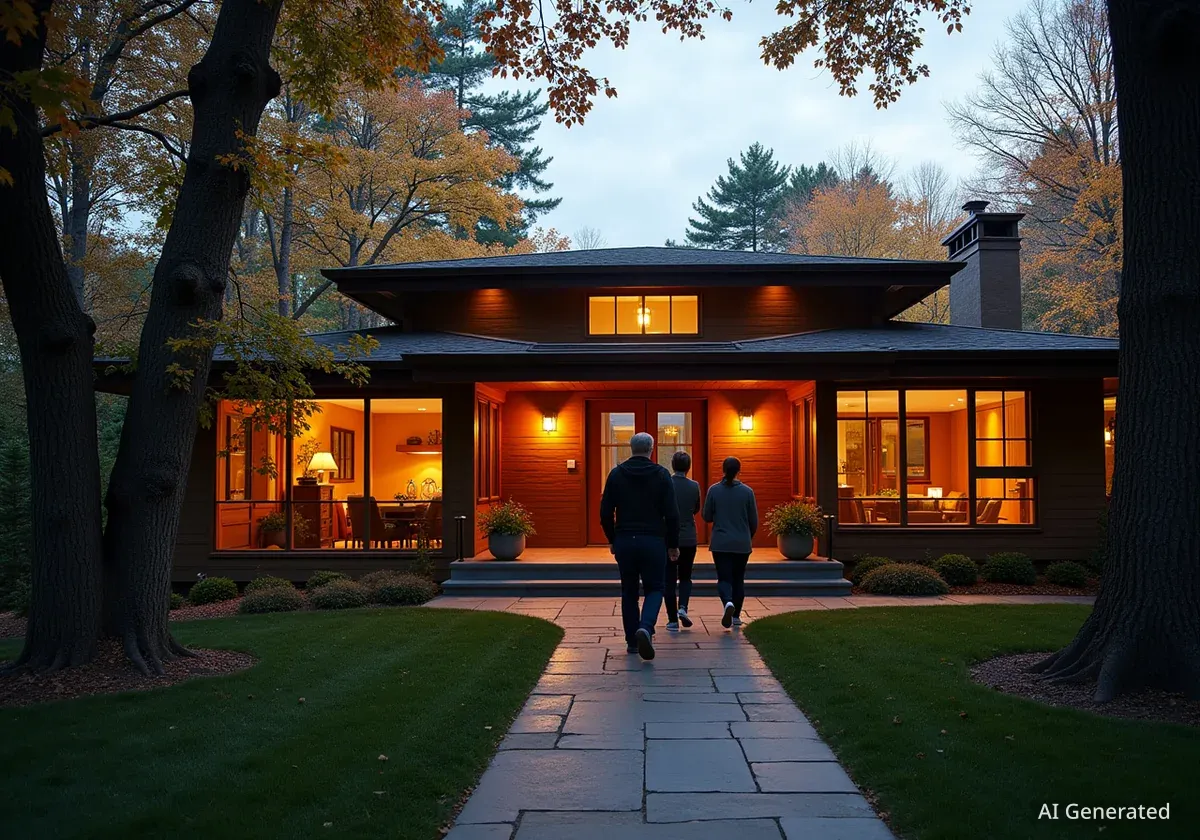Hostile architecture, also known as hostile design or defensible architecture, is a pervasive feature in urban environments and public areas. These design elements are crafted to subtly or overtly deter certain behaviors, often impacting vulnerable populations and general public use. Examples range from modified benches to strategically placed obstacles, influencing how people interact with their surroundings.
Key Takeaways
- Hostile architecture uses design to discourage specific activities in public spaces.
- Common examples include divided benches, metal spikes, and large planters.
- This design often targets unhoused individuals but affects all users of public spaces.
- The debate involves balancing public accessibility with perceived order and safety.
Understanding Hostile Architecture Principles
Hostile architecture is a design approach that makes public spaces uncomfortable for specific uses. The goal is to encourage people to leave or prevent certain activities. Anastasia Loukaitou-Sideris, a professor of urban planning at UCLA's Luskin School of Public Affairs, explains that through design, spaces become uncomfortable, leading people to depart or making their intended activities difficult.
This design philosophy is not new. Its principles have been applied in urban planning for over a century. However, recent discussions have brought it into sharper focus, particularly concerning its social implications.
Fact: Design's Hidden Message
Hostile architecture often conveys its message without explicit signs. It uses physical barriers or discomfort to control behavior.
Common Examples of Hostile Design
One of the most recognized examples is the divided bench. These benches often feature armrests or metal dividers in the middle. While they allow people to sit upright, they prevent individuals from lying down. This design is common at bus stops and in parks.
The materials used can also contribute to discomfort. Benches made of metal slats with gaps are comfortable for short periods. They discourage extended lounging without being overtly unwelcoming.
"Through design you are making them uncomfortable so that they leave, or you’re making particular activities that they tend to do uncomfortable," stated Anastasia Loukaitou-Sideris, a professor of urban planning and dean at UCLA’s Luskin School of Public Affairs.
Visible and Subtle Forms of Hostile Design
Some hostile design elements are highly visible. Metal spikes are a clear example. These are often installed along sidewalks or under awnings. Their purpose is to prevent people from sitting or lying on the ground. These spikes are a direct deterrent.
Other examples are more subtle. Large, steel planter bins on San Francisco sidewalks were initially presented for beautification. However, residents noted they also reduced space for tents. This suggests a dual purpose beyond aesthetics.
Background: Urban Planning and Social Control
The concept of hostile architecture intersects with broader discussions in urban planning. It raises questions about social control and the intended users of public spaces. These designs reflect underlying societal tensions and priorities.
Controversial Installations and Removals
- San Francisco Boulders: Another San Francisco neighborhood attempted to use large boulders for a similar purpose. These boulders were eventually removed after public outcry.
- Seattle Bike Racks: The Seattle Department of Transportation installed bike racks under an overpass. Critics argued that the placement was illogical for bike parking. They suggested the racks were primarily to deter encampments. The city later removed these bike racks.
These instances highlight public awareness and resistance to design choices perceived as hostile.
Beyond Physical Barriers: Environmental Controls
Hostile design is not always about physical structures. It can involve environmental controls. Professor Loukaitou-Sideris mentioned a park in Los Angeles known as Skid Row. Authorities would activate sprinklers at night there. This made it impossible for people to sleep in the park.
Businesses also employ similar tactics. Some play loud music outside their premises. This is done to discourage loitering or prolonged gathering. These methods use discomfort to manage public behavior.
Impact on Public Space and Homelessness
Much of the discussion around hostile architecture focuses on homelessness. These designs often target unhoused individuals. This raises significant questions about the accessibility and purpose of public spaces.
According to Loukaitou-Sideris, bus stops are public spaces for everyone. Unhoused people use buses for transport, work, or sometimes shelter. Excluding them from these spaces challenges the idea of public accessibility.
Conversely, local governments argue that if spaces are constantly occupied by unhoused individuals, other legitimate users cannot access them. This creates a tension between different needs and uses of public areas.
Statistic: Widespread Impact
While often targeting specific groups, uncomfortable design affects everyone. A bench with dividers is uncomfortable for all users, not just someone trying to sleep.
Broader Implications for All Citizens
Hostile design impacts more than just homeless people. An uncomfortable bench is uncomfortable for anyone. If steel planters or boulders block half a sidewalk, less room remains for walking or pushing a stroller. Spikes under an awning prevent anyone from sheltering from rain. These designs create inconvenience for the general public.
Selena Savic, co-editor of “Unpleasant Design,” discussed this on the “99 Percent Invisible” podcast. She described benches with armrests. These allow sitting upright but restrict other uses. People can only sit next to each other, not facing each other. This limits natural interactions and uses of the bench.
The Ethical Debate on Public Space
The debate surrounding hostile architecture is ongoing. It involves state legislatures, academic discussions, and online forums. What seems like a minor design choice touches upon significant issues. These include discrimination, access to public resources, social control, and individual freedoms.
Savic questioned the underlying assumptions of such design. She noted that designers often anticipate negative behaviors before considering positive uses. She called this a "very sad approach to public space."
Ultimately, by trying to prevent one specific action, designers might make the space undesirable for everyone. This challenges the fundamental purpose of public areas: to be welcoming and accessible to all members of the community.




